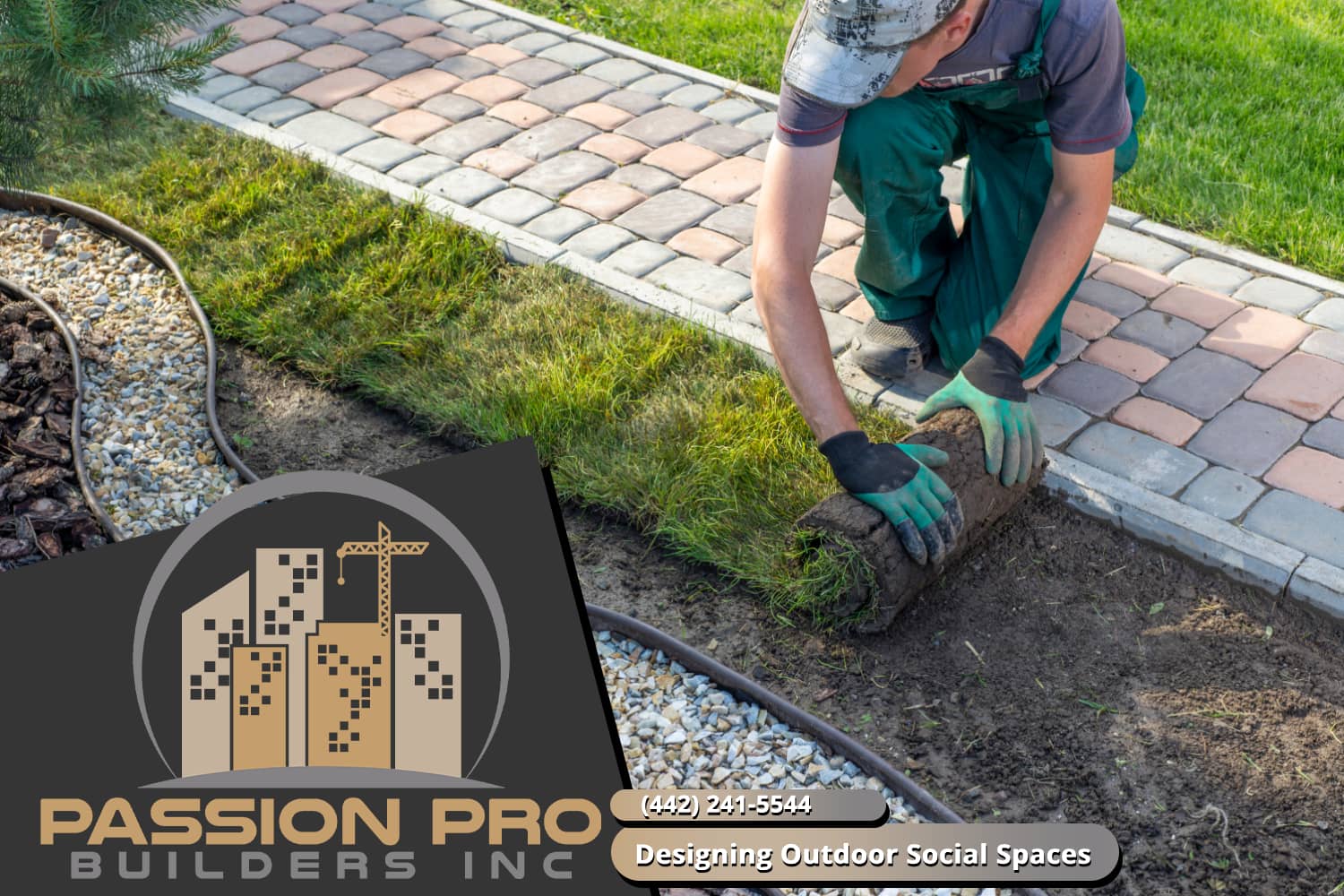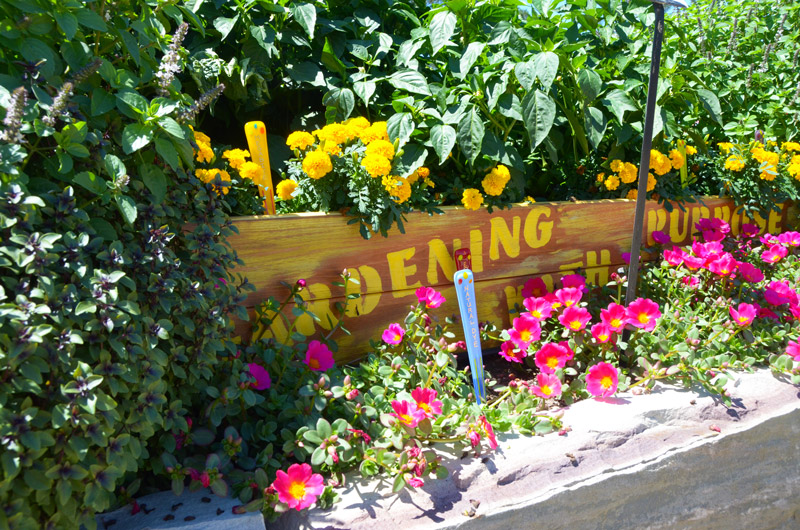Hilton Head Landscapes Fundamentals Explained
Hilton Head Landscapes Fundamentals Explained
Blog Article
All about Hilton Head Landscapes
Table of ContentsHilton Head Landscapes Fundamentals ExplainedThe Only Guide for Hilton Head LandscapesThe Definitive Guide to Hilton Head LandscapesThe Best Guide To Hilton Head LandscapesHilton Head Landscapes - TruthsThe Main Principles Of Hilton Head Landscapes Fascination About Hilton Head Landscapes
Line produces all types and patterns and can be used in a variety of ways in the landscape. Line in the landscape is created by the edge in between 2 products, the overview or silhouette of a type, or a long straight attribute. Lines are a powerful device for the designer due to the fact that they can be utilized to produce a limitless variety of shapes and types, and they control motion of the eye and the body.

Lines can have several features, such as those explained listed below, however they typically serve various objectives. Number 1. Lines in the landscape - bluffton landscaping. The properties of lines determine exactly how people respond to the landscape, both mentally and physically. Straight lines are architectural and strong; they produce a formal personality, are normally related to a symmetrical layout, and lead the eye straight to a centerpiece.
Getting The Hilton Head Landscapes To Work
Straight lines are most frequently located in hardscape sides and material. Rounded lines develop a casual, natural, kicked back personality that is associated a lot more with nature and unbalanced balance. Rounded lines relocate the eye at a slower rate and add enigma to the room by developing covert views. Vertical lines move the eye up, making a room feel larger.
Vertical lines in the landscape include tall, narrow plant material, such as trees, or tall structures, such as an arbor or a bird house on a pole. Horizontal lines relocate the eye along the ground aircraft and can make a room really feel bigger. Reduced lines are more restrained and produce a sensation of remainder or repose.
Examine This Report about Hilton Head Landscapes
Lines are also created by the upright forms of constructed attributes and plant product. There are 3 primary line kinds that create kind in the landscape: bedlines, hardscape lines, and plant lines.
Bedlines link plant material to your home and hardscape since the eye follows the line, moving the gaze with the landscape. Hardscape lines are created by the side of the hardscape, which marks the built structure. Line can additionally be produced by lengthy and slim products, such as a fence or wall.
Fascination About Hilton Head Landscapes
Form is located in both hardscape and plants, and it is normally the leading visual element that spatially arranges the landscape and usually identifies the design of the garden. The kind of frameworks, plant beds, and yard ornaments also determines the overall kind motif of the garden. Official, geometric types include circles, squares, and polygons.
Plants produce type in the yard through their lays out or silhouettes, yet form can also be specified by a void or negative room in between plants - Landscaping bluffton sc (https://giphy.com/channel/h1tnhdlndscps). Circles can be cycles, or they can be split into half circles or circle segments and incorporated with lines to develop arcs and tangents
The Greatest Guide To Hilton Head Landscapes
Circles can also be extended right into ovals and ellipses for more variety and rate of interest. Circles are a strong design form because the eye is constantly drawn to the center, which can be utilized to stress a centerpiece or connect other kinds. Figure 2. Round types in hardscape and lawn panels.
The square type can also be segmented and used consistently to create a grid pattern. Unlike circles, squares are stronger on the sides, which can be lined up or overlapped to produce special patterns and more complex types.
Meandering lines frequently mimic the natural course of rivers or streams and can be referred to as smooth lines with deeply rounded undulations. Meandering lines (Figure 3) work well for paths, plant bedlines, and dry stream beds. Meandering lines can add interest and enigma to a yard by leading audiences around corners to discover new views and spaces.
Getting The Hilton Head Landscapes To Work

Figure 5. Fragmented edges: stepping stones in pathway. Type is one of the most enduring quality of a plant (Landscapers near me). https://plant-waitress-d90.notion.site/Transform-Your-Outdoors-with-Hilton-Head-Landscapes-174812708a624c49ad532d2e0de1d93f. Common plant kinds are well established and standardized, as type is one of the most consistent and well-known feature of plants. Type can likewise be developed through the massing of plants, where the overall mass develops a different kind than a private plant.
A highly different type should be made use of with careone or two work well as a prime focus, however a lot of develop mayhem. Natural plant kinds, as opposed to over-trimmed forms, need to develop the mass of the our website composition. The relevance of general type is essentially based on the checking out perspectivethe form of a tree can appear rather different to a person standing under the canopy versus checking out the tree from a distance in an open area.
The Ultimate Guide To Hilton Head Landscapes
Plant kinds additionally produce and specify deep space or open rooms in between the plants, developing either convex or concave types in the voids. High-arching tree branches normally create a concave open space under the branches, and a rounded canopy with reduced branches fills the room to create a convex type outdoors room under the tree.

Report this page